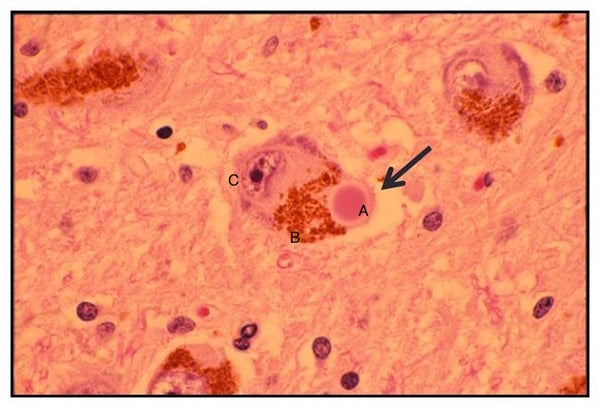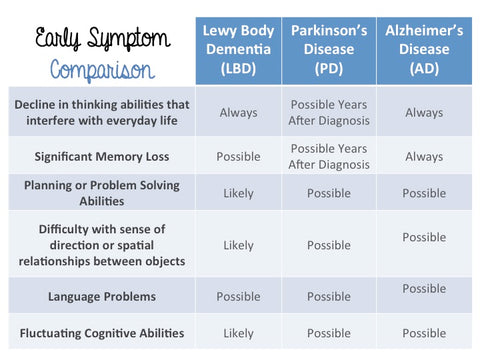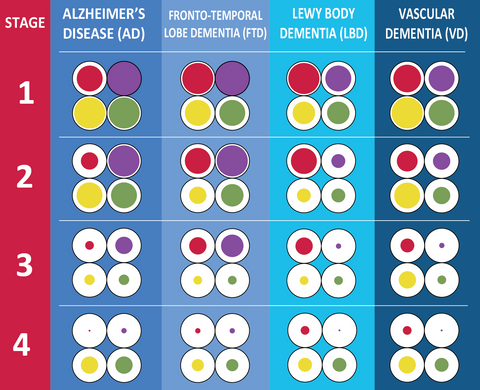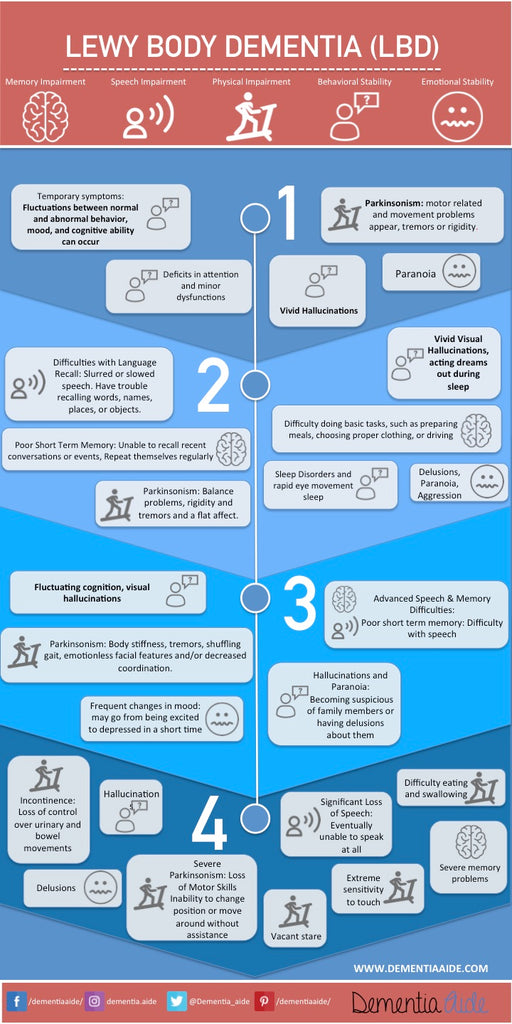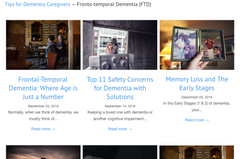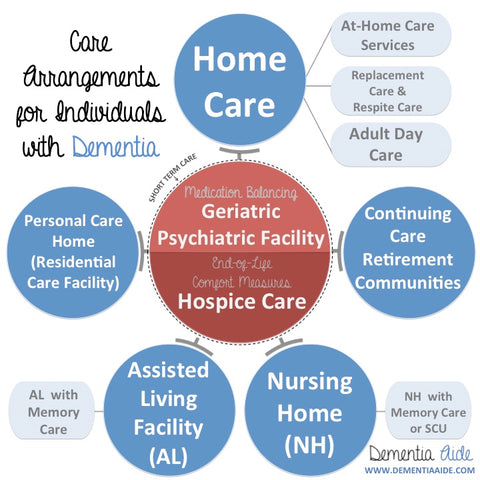Lewy Body Dementia (LBD), also known as Dementia with Lewy Bodies (DLB), is a neurodegenerative disease that shares characteristics with both Alzheimer’s and Parkinson’s diseases. As one of the four most common types of dementia, LBD involves abnormal protein deposits in the brain, which interfere with normal brain function.
Diagnosing LBD is challenging because its symptoms often resemble those of other neurological disorders, making it difficult to identify accurately.
The Lewy Body Disease Family

Lewy Body Dementia (LBD) belongs to the Lewy Body Disease family, which includes:
- Lewy Body Dementia (LBD), also called Dementia with Lewy Bodies (DLB)
- Parkinson’s Disease (PD)
- Parkinson’s Disease with Dementia (PDD)
This guide primarily focuses on LBD, though it briefly covers PD and PDD.
Understanding Lewy Body Dementia: LBD is one of the most common causes of dementia after Alzheimer’s disease and vascular dementia. It is caused by abnormal deposits of a protein called alpha-synuclein in the brain, first discovered by Friedrich H. Lewy in the early 1900s. These deposits, known as Lewy bodies, disrupt normal brain function and cause progressive brain deterioration.
How Lewy Bodies Affect the Brain:
- Alpha-synuclein proteins are naturally present in the brain. However, in LBD, they mutate and cluster within neurons, leading to cell death.
- The location of Lewy bodies in the brain determines the symptoms:
- When they affect areas linked to motor control, symptoms may resemble Parkinson’s Disease.
- When they impact cognitive areas, symptoms may mimic Alzheimer’s Disease, affecting memory and cognition.
Lewy Body Pathology: H&E Stain
(A) The large pink Circle is a Lewy Body within a Brain Cell. (B) The brown section to the left of the Lewy Body is normal brain pigmentation. (C) The nucleus, the cell's control center is to the far left of the cell.
(Source: US Department of Health & Services: Advisory Council on Alzheimer's Research, Care and Services)

